What is a Hard-to-heal(chronic) wound?
Definition:
Any wound that has not healed by 40-50% after four weeks of good SoC should be considered a hard-to-heal wound.
Source: implementing TIMERS: the race against hard-to-heal wounds | journal of Wound Care (magonlinelibrary.com)
A hard-to-heal wound, often called a chronic wound, does not show significant improvement after a certain period typicaly defined as three months. Common examples include diabetic ulcers, pressure ulcers (bedsores), and venousstasis ulcers. Treatment often requires a multidisciplinary approach, addressing the wound and any underlying health issues.
The importance of working on the treatment of Hard-to-heal(chronic) wounds.
1、Hard-to-heal wounds affect the patient's quality of life, as well as being a burden on the healthcare system.
2、The incidence of hard-to-heal wounds is rising as the age of the population increases.
3、Patient-related factors that influence outcomes include comorbidities, severity of the underlying condition, and adherence.
When introducing Zhende's wound care products, we can highlight the TlMERS model, which provides a systematic approach to wound management. According to Atkin et al. (2019), TlMERS includes six key elements: Tissue, infection, Moisture, Edge, Regeneration, and Social factors, all of which influence the healing process.
Our products are designed to address these aspects by maintaining moisture balance, controlling infection, and supporting tissue regeneration and edge healing. By applying the TlMERS model, we aim to effectively tackle hard-to-heal wounds, improving patient outcomes and overall quality of care.
TIMERS
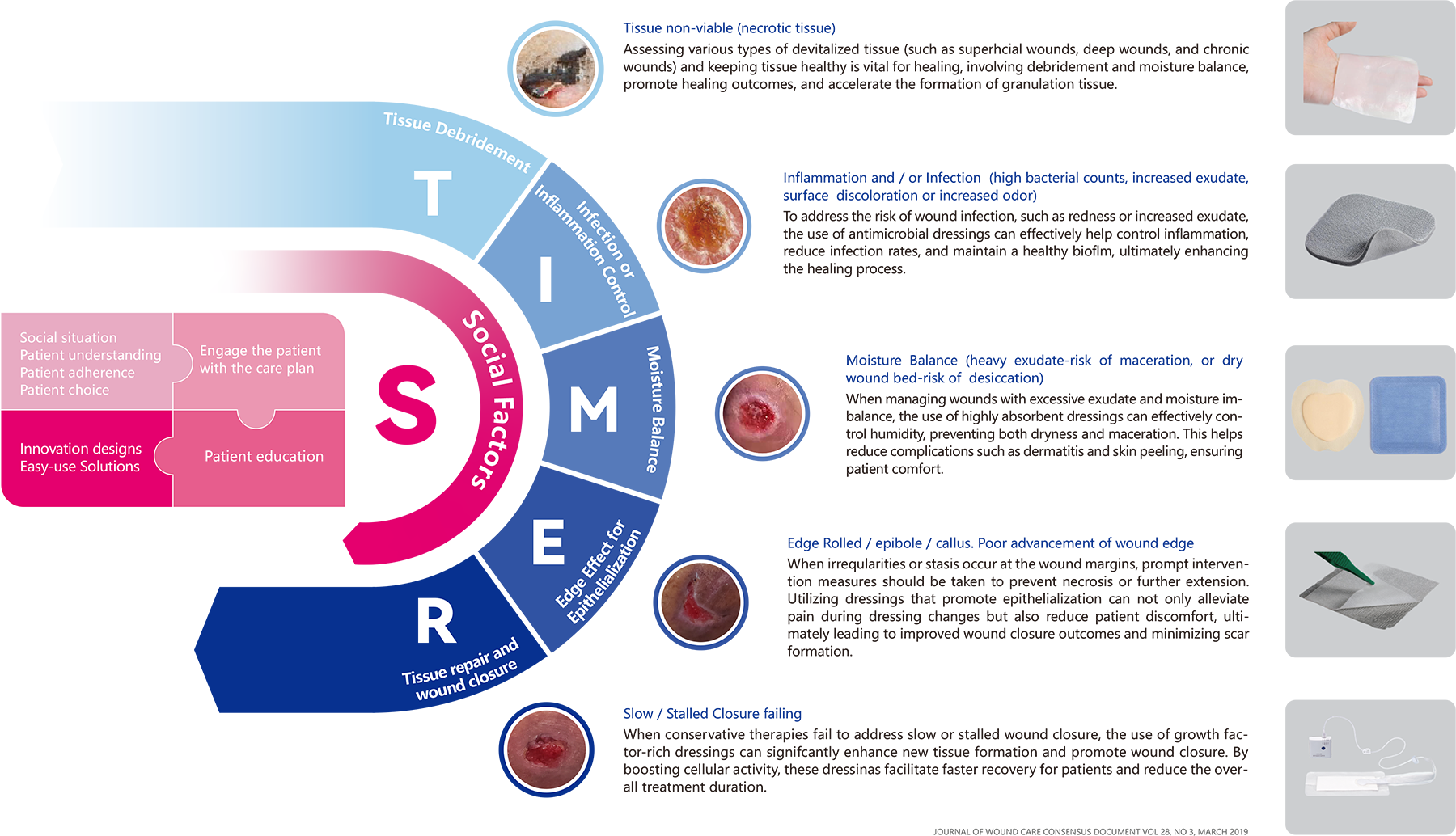
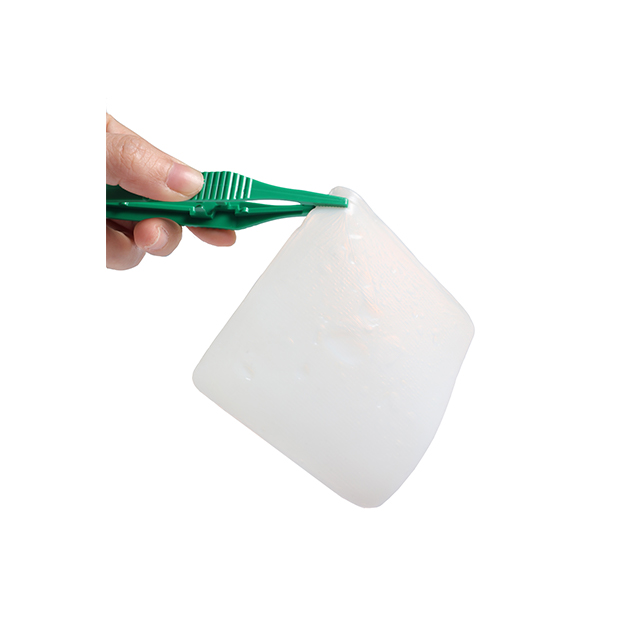
Bio-cellulose Dressing
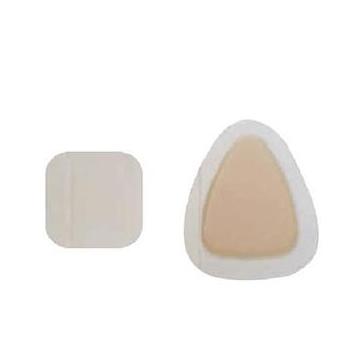
Hydrocolloid Dressing
Liquid Dressing

Bacteria Adherence Gauze

Debridement Pad
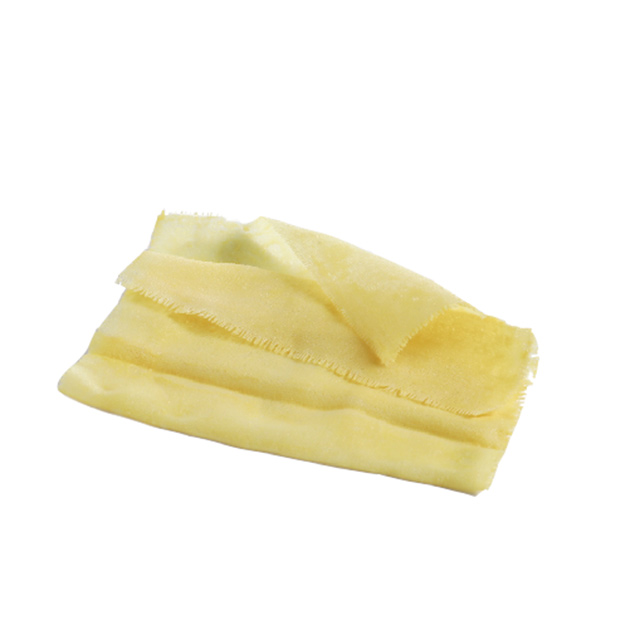
Xeroform Dressing

Ag Foam Dressing

Ag Gelling Fiber

Ag Alginate Dressing

PHMB Foam Dressing

lodoform Parking Strip

Hypertonic Sodium Chloride Packing Strip

Foam Dressing with Carbon
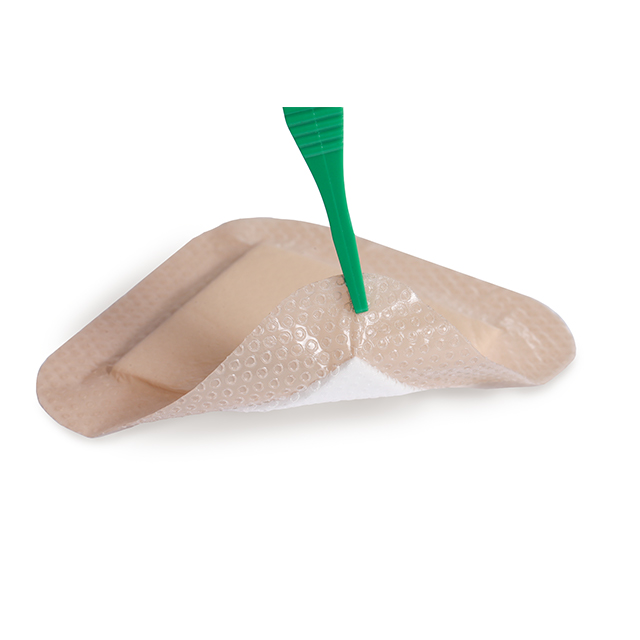
Foam Dressing Silicone Border
Foam Dressing Silicone Non-Border
Foam Dressing Adhesive
Foam Dressing Non-Adhesive
Super Absorbent Dressing
Alginate Dressing
Non-Woven Island Dressing

Transparent Island Dressing

Silicone Hydrogel Dressing

Gelling Fiber
Oil Emulsion Dressing

Paraffin Gauze
Silicone Wound Contact Layer
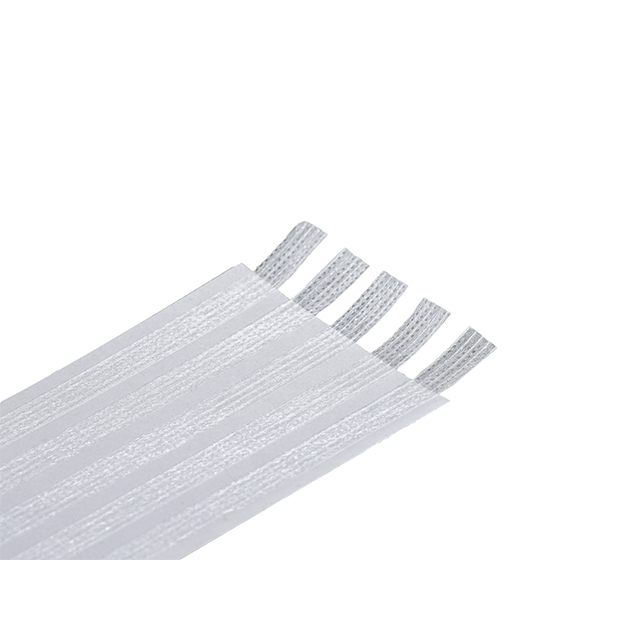
Wound Closure Strip
Silicone Scar Dressing

Non-woven Flexible Cohesive Bandage
Printed Nonwoven Cohesive Flexible Bandage
Two-Layer Flexible Cohesive Bandage
Non-woven Flexible Cohesive Bandage
Three-Layer Flexible Cohesive Bandage
Crepe PBT Cohesive Bandage

Super Crepe PBT Cohesive Bandage
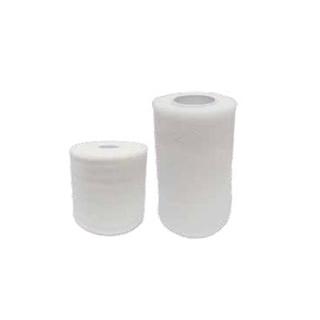
Plain PBT Cohesive Bandage
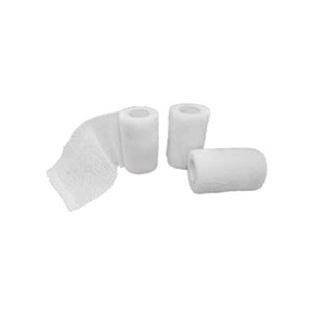
Cutting Edge PBT Cohesive Bandage
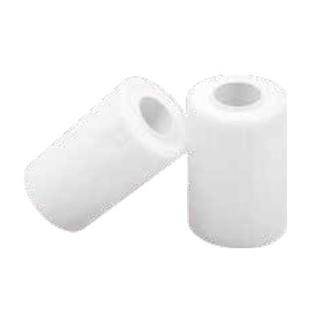
Overlock Crepe PBT Cohesive Bandage
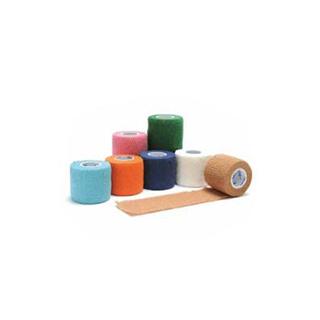
Cotton Cohesive Elastic Bandage
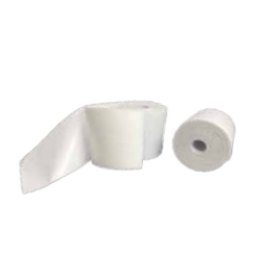
Cohesive Foam Bandage